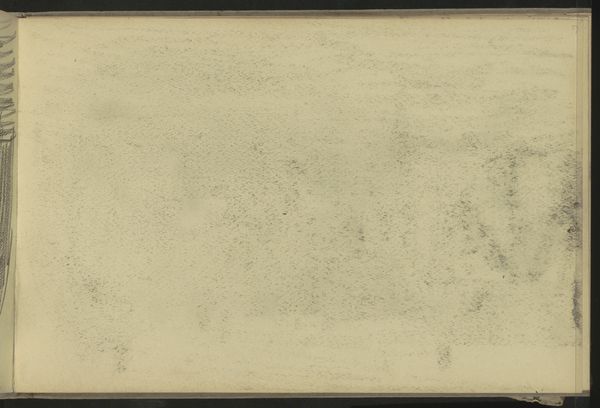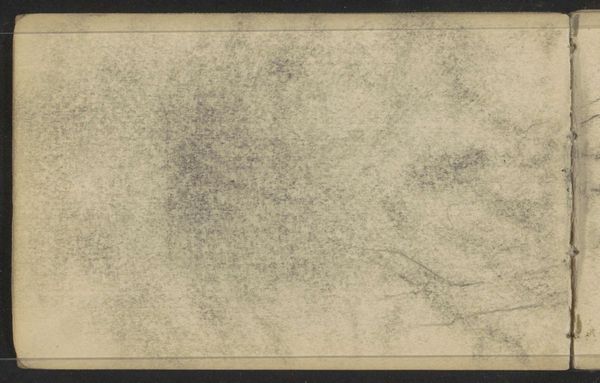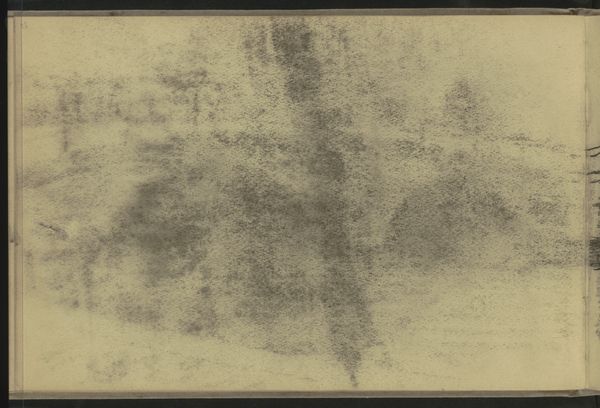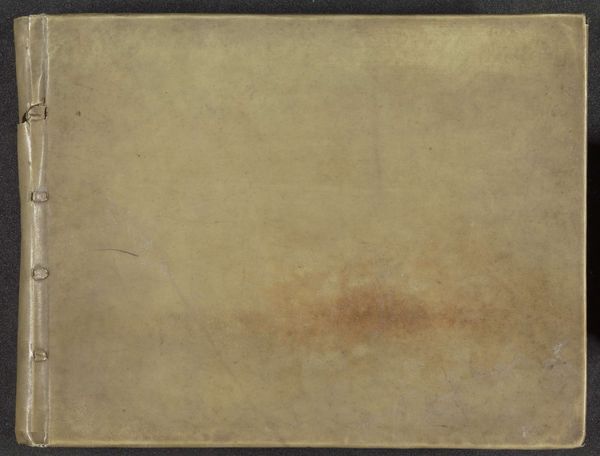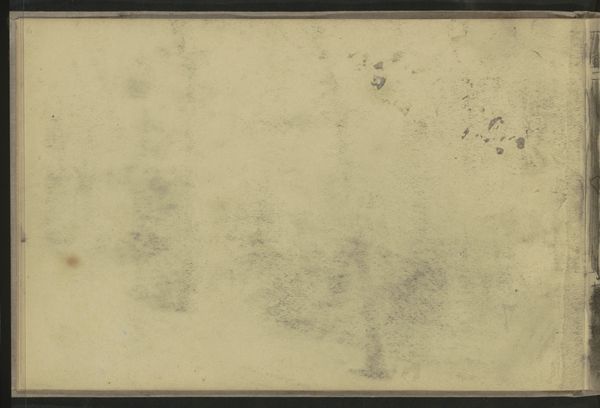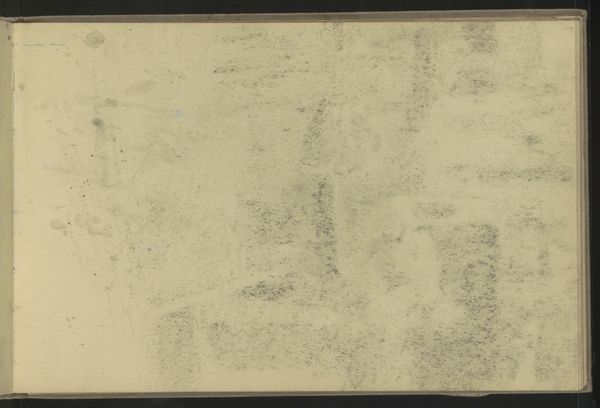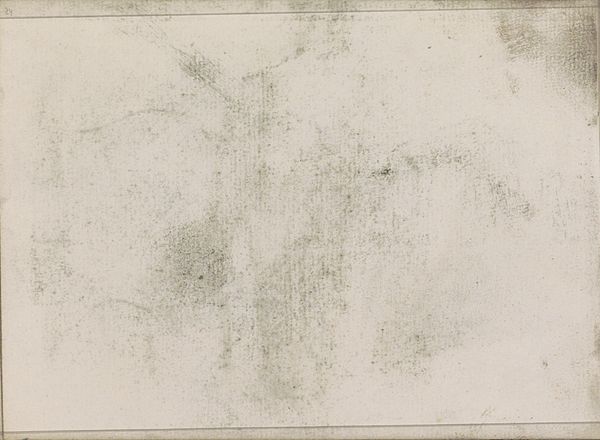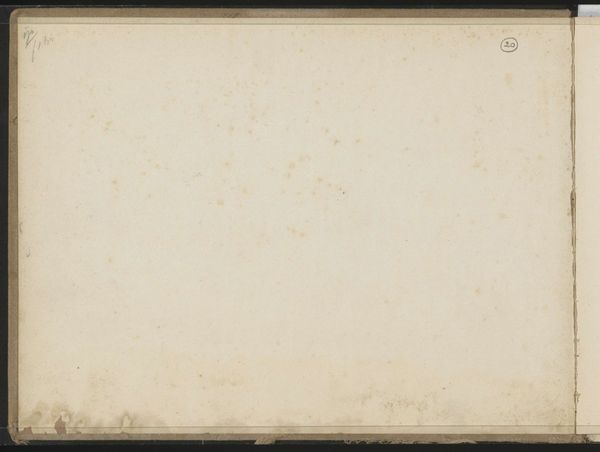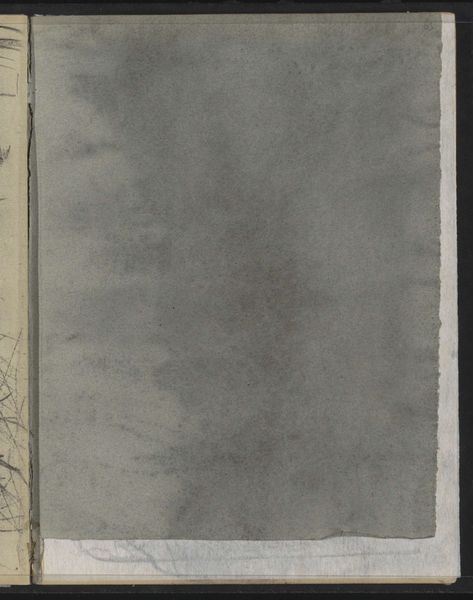
Copyright: Rijks Museum: Open Domain
Curator: Welcome. We’re standing before “Abklatsch van de krijttekening op pagina 55,” a drawing by Willem Witsen, created sometime between 1901 and 1907. It’s graphite on paper and currently resides here at the Rijksmuseum. Editor: My first thought is the hazy, dreamlike quality of it. It’s almost… spectral. The tonal range is so subtle, barely clinging to the page. I see hints of Impressionism at play here. Curator: Absolutely. Witsen was deeply involved in the Dutch art scene at the turn of the century and known for his connections with literary figures as well as his role in etching societies like St. Lucas. His work, while embracing some Impressionist techniques, maintained a distinctly Dutch sensibility, portraying somber, often nocturnal scenes. Editor: Right, and that’s evident in his choice of material too. Graphite on paper offers a readily available and affordable medium allowing artists to produce work quickly. This accessibility really opened avenues for artists like Witsen to record fleeting moments or impressions. The nature of graphite also encourages smudging, enhancing the image's ephemeral feel. Curator: I agree. And think about the implied narrative. “Abklatsch van de krijttekening op pagina 55” isn't just a title; it suggests a copy, a record of something else, pointing to how art served documentary purposes but was transformed via individual and period aesthetics, Editor: I wonder what that original drawing was? I am thinking a study from nature in this period with its social climate also becomes art making from an observation instead of something prescribed from higher class ideals. What survives here on the page becomes its own artistic object though, a layering of intentions and material processes. It highlights the artistic labor involved even in replicating something and gives us a ghostly image with lasting impressions. Curator: Precisely. By titling it as a copy, Witsen implicitly acknowledges and elevates the reproduction process, making the act of copying worthy of artistic attention. Editor: I like how our perception changes thinking that this wasn't the artwork from the artist hand. It encourages us to appreciate the nuance, the subtle value differences, and the sheer vulnerability of the medium itself. Curator: Well, considering the art historical and societal influences it presents an innovative approach towards landscape drawing from that period. Thank you for providing us insight into it. Editor: Likewise, what a terrific method to reflect on process and artistic decision, giving such nuance to what makes it so powerful.
Comments
No comments
Be the first to comment and join the conversation on the ultimate creative platform.
